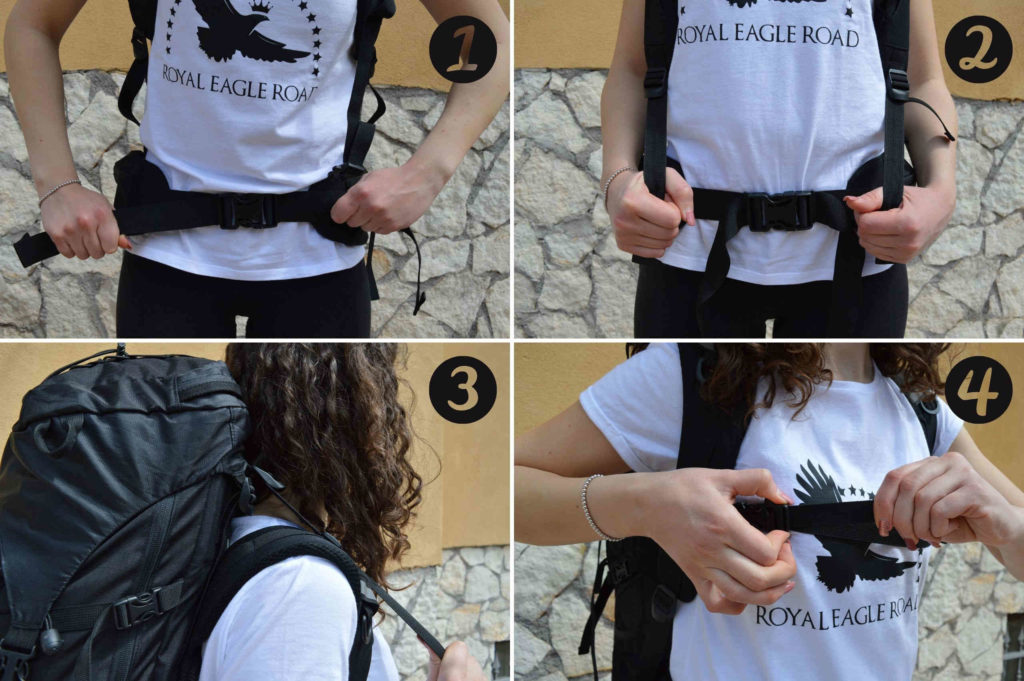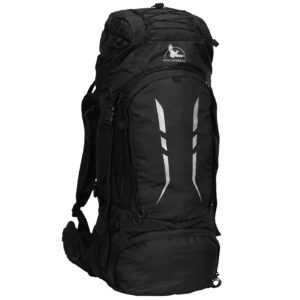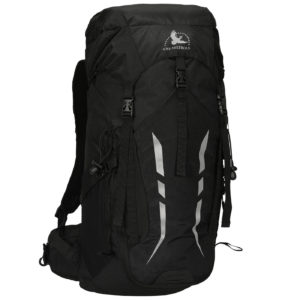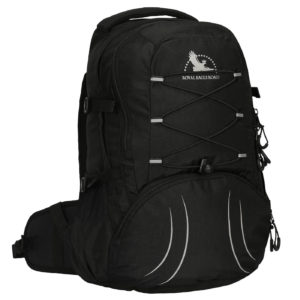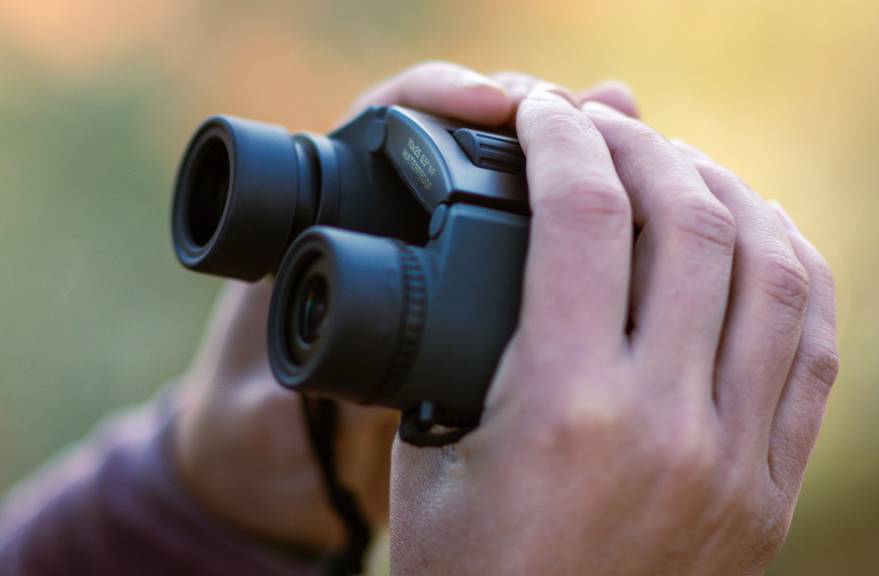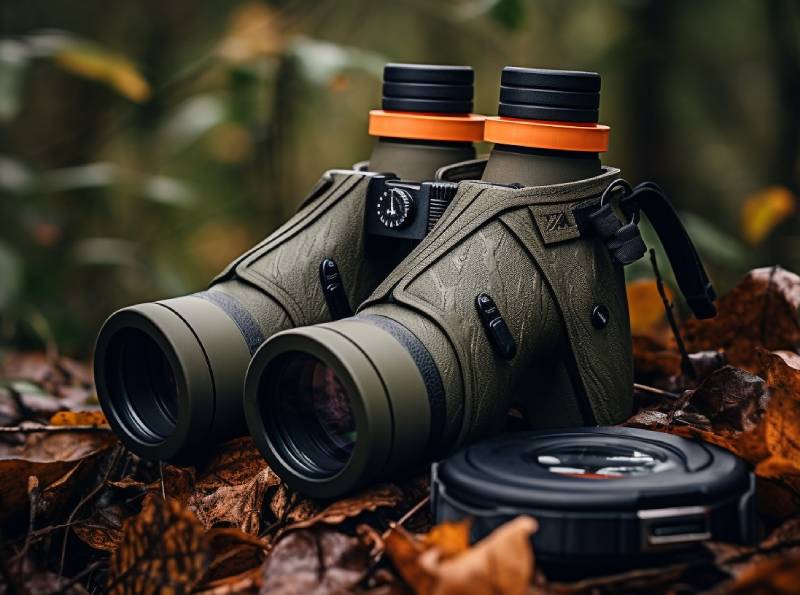How do I start trekking? Do I need a specific preparation? What equipment should I bring? How do I choose the right backpack for me?
If one of these questions sounds familiar, this guide is for you! Here you will find the trekking tips for beginners: from the preparation to the path. Take note of all the points because we have listed 20 tips and if you have any suggestions you want to leave in the comments, we will be happy to add them to the list!
Trekking Tips for Beginners – Preparation
1. Carefully plan your path. Are you searching for an easy path in the hills or a more challenging trail in the mountains? Choose a path that is right for you. Online you can find lots of ideas and inspiration, as well as plenty of experienced hikers who can give you suggestions. Always make sure to check in advance the weather forecast.
2. Join some trekking groups (online and above all offline). Wherever you are located, there are many groups and associations that organize outdoor activities. As this is your first time doing trekking, you could join a group and make friends. You can find local and national trekking groups where you can exchange tips, share interests and find new paths. You could start searching on Facebook or on Meetup.
3. Don’t forget the first aid kit. A common mistake that many beginners make is forgetting the first aid kit. Especially if you are planning a challenging or long route, bring something that could save your adventure: plasters, bandages, essential medicines, cream for mosquito bites and sunburn, etc.
4. Watch out for the sun, especially at high altitudes. If you plan to hike in the mountains, remember that the sunrays are stronger and can cause sunburns, in the worst scenario even rashes or heat stroke. Don’t be misled by some clouds. Prepare a hat, sunglasses, sunscreen and a cooling towel (once you find out what it is needed for, you cannot do without it!)
5. Map, compass and GPS at hand. Orientation is the key. If you can find a map with the path traced, fountains and other useful information, put it in your backpack as it could prove to be essential. If you have never had to read a map before, orient yourself with a compass or follow the position with the GPS. Now is the time to learn how to use them: a skill that always comes in handy in life.
6. Inform someone before leaving. Better safe than sorry. Before leaving, share your itinerary and approximate return time with your family and friends, especially since there is no phone signal in the mountains. It is a valuable piece of advice that has saved lives in many cases.
7. Prepare a list. A list of items to bring is always a wise choice. It helps you to remember the things you need and also saves your time while packing your backpack.
8. Technical gear. In the mountains, the weather is always unpredictable and the higher you climb, the lower the temperature. For this reason, we recommend you to dress in layers and bring technical clothing for the mountains. They need to be comfortable, breathable and quick-drying (cotton is not recommended as the fabric absorbs water and dries slowly). Always remember to bring a waterproof jacket, just in case.
9. Proper equipment. Before stepping on the path, choose your equipment carefully and check that everything works properly. Try everything at home to avoid unpleasant surprises during your adventure: backpack, poles, but also tent, sleeping bag, camping stove if you plan to stay a few nights.
10. Backpack space organization. The trekking backpack has to be lightweight and contains just the essentials. Remove packaging you don’t need and carefully organize available space so you can easily find what you need and save valuable time.
Read our guide how to pack a backpack to store your things tidily
Trekking Tips for beginners – During the path
1. Short route and some breaks. For the first time, start with a short and easy route, better not too far from your town: it can be a great way to become comfortable with the environment and make your first trekking experience safer. Listen to your body and take some breaks to relax your legs. Last but not least, follow your pace: you are doing trekking, not a marathon!
2. Learn to change plans. We often set the goal of reaching a destination and try in every way to stick to our initial plan. Keep in mind that there are circumstances that we cannot predict such as the weather or route variations. Especially because it is a first trekking experience, do not venture into snow-capped mountains at risk of avalanches or along inaccessible paths. Learn to change plans and if necessary, postpone your adventure.
3. Pay attention to hydration. Drink water frequently during trekking even if you are not thirsty. Dehydration, in addition to being dangerous, could cause sudden headaches and cramps. You can choose to bring a thermos to keep your water fresh, the hydration bladder to stay hydrated even on the go or water purifiers such as tablets, filters or UV sterilizers to save space and weight. Always consider the right water quantity.
4. Pack more food. In the event that trekking will take longer than expected or your body needs a greater amount of energy, it is better to bring something more to eat. Yes to energetic bars, whole grains, dried fruit and fresh fruit. These foods are ideal because they give energy, are easily digestible, provide essential nutrients and take up little space.
5. Leave no trace. Leave no traces and respect nature and animals. In the mountains and in any environment in general, there is the principle of leaving no traces and not abandoning waste. In the backpack you can not forget a bag to take everything with you and throw it in the garbage. The principle applies also on the contrary: do not bring back anything that was not in your backpack originally.
6. Respect for other people. Nature is a calm and silent environment where people love to spend time to find tranquility. If someone is listening to music and the volume is too loud, this could disturb the peace of other people and wild animals. Always think about it.
7. Trekking poles are useful. It really depends on the path. If it is particularly challenging, we recommend bringing them. Trekking poles are valuable allies to support our body, support weight and reduce the pressure on the knees. They can also be useful for measuring the depth of any watercourses to cross on foot.
8. Your feet deserve care as well. Shoes and socks cannot be left to chance. Always choose shoes you have already walked in, they need to be comfortable and suitable for the path. To avoid blisters, choose technical and padded socks. Do not keep your feet wet for long walking: it’s better to take a break to change them with a dry pair.
9. Protect yourself from the sun. Keep in mind that the sun at high altitudes is very strong. When trekking in the mountains, always remember to bring sunscreen, protective glasses, a hat and a cooling towel to give you a relief and fresh sensation.
10. A rain cover for the backpack is also useful in the sun. Not everyone knows that the rain cover for the backpack is not only for rain. It is also useful for making the backpack visible from a distance, keeping it clean and for wrapping the equipment attached to the outside and preventing it from getting stuck on branches or rocks. Did you know it?
Tips to wear the trekking backpack
Trekking depends also on the backpack. It must be resistant (otherwise the backpack will break in the middle of nature), padded to cushion the weight (especially on the backrest and shoulder straps), suitable for one’s body shape (otherwise it will block movements or swing while walking).
The size of the backpack depends on the amount of equipment to bring and the duration of the trek. To wear it correctly it is important to unfasten all the straps and start adjusting:
- Hip belt at the height of the hips (if placed too high it will block movements, if placed too low it will not cushion the weight correctly)
- Shoulder straps which will follow the shape of the shoulders
- Load straps to adjust the position of the backpack more or less close to the body
- Chest straps (on the sternum) to keep the backpack shoulder straps steady and in the correct position.
We reached the end of our trekking guide: 20 tips for beginners. It’s time to pack your backpack and get ready for a new experience!
If you are considering a backpack suitable for your first trekking experience, take a look at our definitive guide How to choose a backpack.
Royal Eagle Road is an Italian brand of outdoor backpacks and accessories. Three models suitable for trekking and hiking are the result of our experience: Brigante 28 liter, Santiago 45 liter and Himalaya 65 liter. Contact us on WhatsApp, we will be happy to support you and recommend you the best model.
Royal Eagle Road – Unconventional Exploring
Posts you may like:

